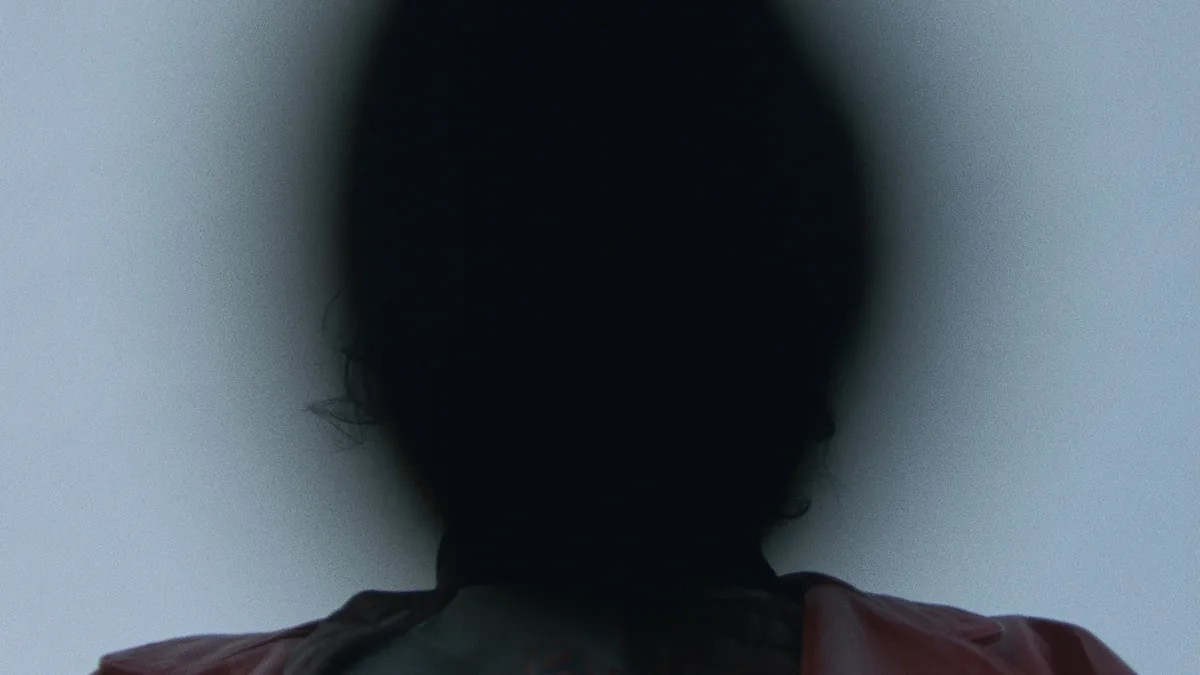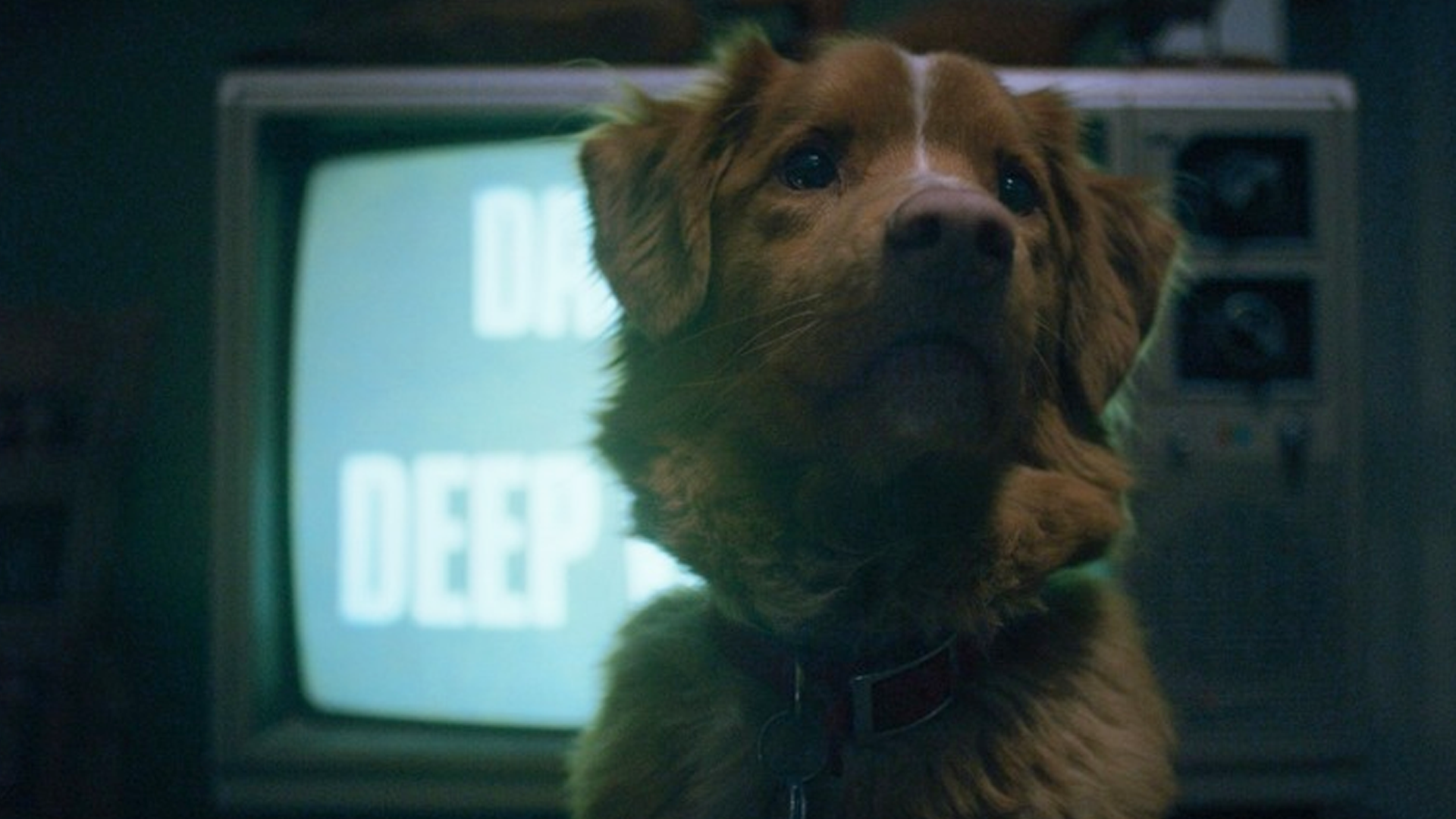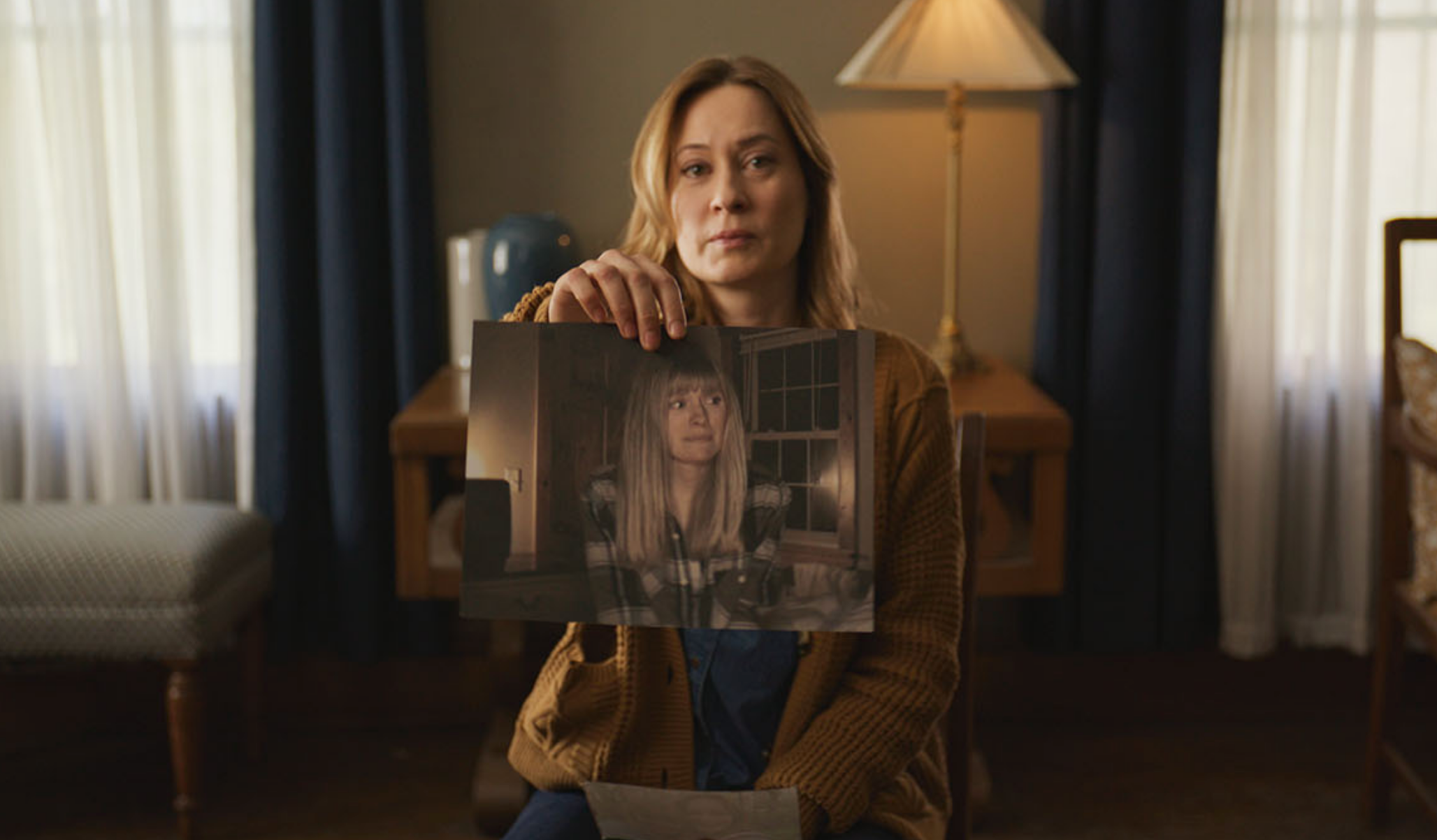28 Years Later Review
It’s been over two decades since 28 Days Later first redefined the zombie genre with its kinetic pacing, raw emotion, and terrifying vision of societal collapse. Now, with 28 Years Later, director Danny Boyle returns alongside screenwriter Alex Garland to revisit their nightmare world. And the outcome is a film that feels strikingly fresh, surprisingly intimate, and arguably the strongest entry in the trilogy so far.
A Story That Evolves Without Losing Its Roots
Rather than simply rebooting or rehashing familiar territory, 28 Years Later expands the world in a way that feels natural—if not inevitable. Set decades after the initial Rage virus outbreak, society has attempted to rebuild, with small but functioning enclaves giving people a fragile sense of normalcy. Of course, this peace is short-lived.
What makes the film’s narrative work so well is how it balances legacy with new perspective. Boyle and Garland avoid heavy exposition and instead let the story unfold through the eyes of a new protagonist—who doesn’t carry the trauma of the original outbreak, but still lives in its shadow. It’s a subtle shift, but one that makes the film more accessible to newcomers without alienating longtime fans.
There are still moments of chaos and kinetic dread, but the horror here often simmers just below the surface—more psychological than explosive. That restraint allows the story to breathe and builds a creeping sense of inevitability that pays off in the film’s final act.
A Next-Gen Lead Worth Following
Much of the film’s strength lies in its new central character, played with grounded intensity by Alfie Williams. As someone born after the fall and raised in a generation trying to rebuild, the young actor’s performance captures a mix of resilience, confusion, and urgency that feels deeply human.
This next-gen perspective breathes new, necessary energy into the franchise. While earlier films followed characters scrambling to survive a sudden collapse, 28 Years Later explores what it means to live in the ruins—when survival is no longer the goal, but a given, and the fear becomes: what happens next? And throughout his compelling story, the film covers ideas like expectations placed on young men, emotional fragility, and so much more. Which, essentially, creates exciting connective tissue to explore in future entries.
Lean, Effective World-Building
From a technical standpoint, 28 Years Later is both stripped down and razor-sharp. Boyle’s signature visual style returns in bursts—stark lighting, handheld cameras, and quiet long takes punctuated by sudden violence. The pacing is deliberate but rarely slow, with each scene pushing the story just slightly off balance. The film’s sound design is equally haunting. There’s less of the frantic scoring from earlier entries and more reliance on silence, ambient noise, and the occasional, well-placed musical cue. This sparse approach underscores the film’s larger tone: reflective, but never dull.
The world-building is also subtle but rich, showing just enough of post-apocalyptic society to raise questions without answering them all. There’s a growing sense of systems rebuilding—and possibly failing again—that sets the stage for what could easily become a new chapter.
The Ending Teases More—and It Works
One of the most intriguing aspects of 28 Years Later is how it sets the table for something bigger without feeling like it’s holding back. The final act introduces a few bold shifts, including a moral dilemma that repositions the virus from a simple threat to something more ideological.
It’s not a cliffhanger in the traditional sense, but it does feel like the beginning of a new arc. And rather than feeling unsatisfying, it leaves just the right amount of tension lingering. If this really is the start of a new trilogy—as rumors suggest—it’s a promising foundation.
Score: 7/10
28 Years Later is a rare late-franchise entry that elevates the series. With a compelling new lead, restrained yet effective horror, and a world that feels lived-in and complex, it’s arguably the strongest film in the trilogy. And while the pacing might feel slower to some, this is a smart, unsettling, and well-acted return to one of horror’s most iconic worlds.







